There’s something seductive about 70-200mm f/2.8 lenses. The combination of telephoto zoom range and ‘fast’ aperture makes them ideal for action sports and wildlife shooting, where you need to retain fast shutter speeds even under dull lighting conditions. They’re equally adept at portraiture, enabling a really tight depth of field for isolating the main subject against a creamy, blurred background.
While a 70-200mm f/2.8 lens is generally the go-to tele zoom for most professional photographers, they’re not ideal for everybody. For one thing, they’re relatively heavy, weighing in at around 1.5kg. You can certainly feel the strain in prolonged periods of handheld shooting. If an f/2.8 aperture rating isn’t on your ‘must-have’ list of features, a 70-200mm f/4 lens might suit you better. Physically, they’re still as long as their f/2.8 siblings, but with a smaller diameter. This results in a more lightweight build, and a more affordable price tag, mainly because the relatively small-diameter optical elements are cheaper to manufacture. And while 70-200mm f/2.8 and f/4 ‘constant-aperture’ lenses might look quite long, at least their physical length as well as their aperture remains fixed throughout the entire zoom range.
Budget telephoto zoom lenses
While 70-200mm f/4 lenses are generally less expensive than their f/2.8 counterparts, they can still be too pricey for many of us, and the outright telephoto reach isn’t exactly generous. A more popular class of ‘budget telephoto zoom’ is the 70-300mm lens, with a variable aperture that typically shrinks from around f/4 to f/5.6 as you extend through the zoom range. These lenses have been highly popular since 35mm film photography days, and most current examples offer a good range of features.
Fast and accurate autofocus systems are also an important design element for many of us
One of the most desirable features in any telephoto zoom, and especially one with a relatively ‘slow’ aperture rating, is image stabilization. Stabilized lenses are billed as Canon IS (Image Stabilizer), Nikon VR (Vibration Reduction), Sigma OS (Optical Stabilizer) and Tamron VC (Vibration Compensation). In all cases, they make a massive difference to handheld telephoto shooting, enabling much more consistency in getting sharp results without the need to use really fast shutter speeds. Stabilization is particularly important for telephoto shooting with Canon and Nikon DSLRs which lack in-camera, sensor-shift stabilization.
Fast and accurate autofocus systems are also an important design element for many of us, given the suitability of this type of lens for sport and wildlife photography. Most tele zooms for Canon and Nikon cameras have ring-type ultrasonic autofocus systems, which are typically fast, very quiet and enable manual override without the need to switch to MF (Manual Focus). Some go further still, enabling you to set AF priority to auto or manual focus. With the latter, you don’t need to wait for autofocus to lock onto a subject before applying manual override, and you can also override autofocus in Continuous or AI Servo mode.
As with other categories of lens, some of the latest tele zooms feature autofocus systems based on ‘pulse’ stepping motors, instead of basic electric or ultrasonic motors. In some of the latest lenses, stepping motors are even preferred to ring-type ultrasonic systems. Autofocus speed can be just as fast as with ring-type ultrasonic systems and virtually silent in operation, as well as enabling smooth focus transitions when shooting movies.
Compatibility
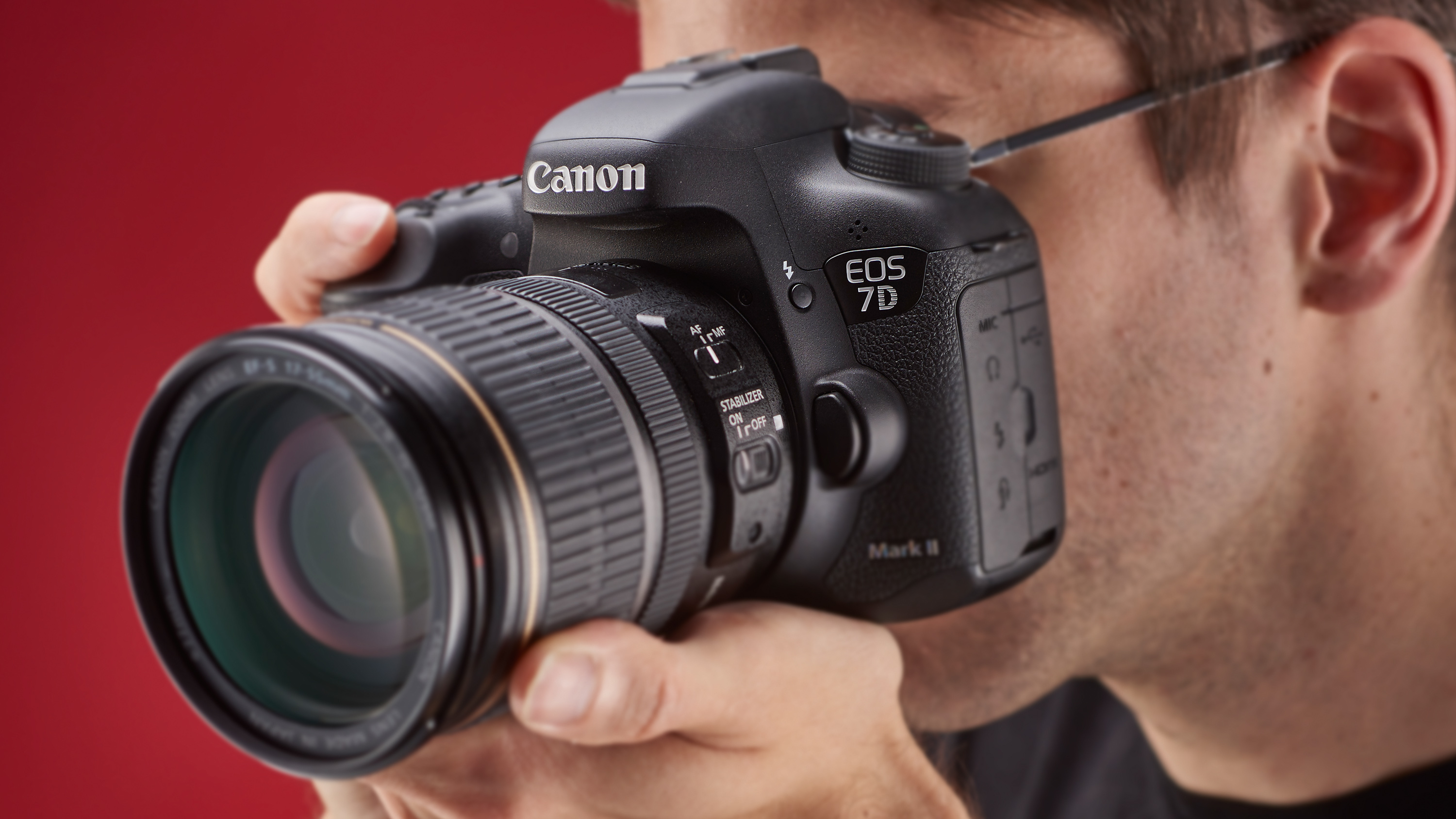
One final thing to look out for is whether the lens is designed exclusively for APS-C format cameras, or is full-frame compatible. When buying a wide-angle or standard zoom lenses, you really need the right tool for the job. Fitting a full-frame compatible lens to an APS-C body will restrict your maximum viewing angle. For telephoto lenses, the only real advantage of matching an APS-C format lens to a crop-sensor body is that you’re likely to save a little size, weight and cost. However, you’re generally better off buying a full-frame telephoto zoom even for an APS-C camera, as it will remain compatible should you upgrade to a full-frame body in the future.
Regardless of whether you buy an APS-C format or full-frame compatible lens, you’ll enjoy the same benefit of extended telephoto reach when shooting with an APS-C body. The ‘effective’ zoom can stretch into super-telephoto territory. For example, shoot with a 70-300mm lens on an APS-C format camera and your effective zoom range will be 105-450mm for Nikon and 112-480mm for Canon, due to their 1.5x and 1.6x crop factors, respectively.

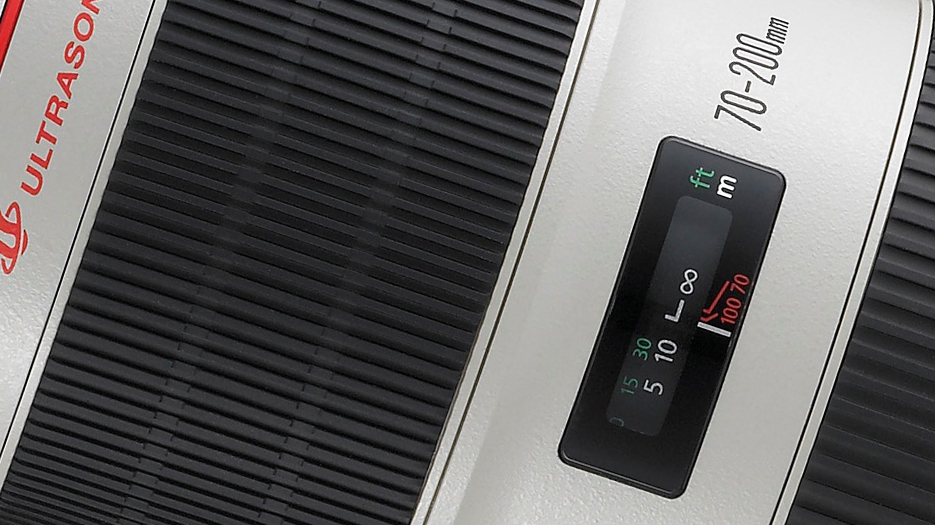
The 10 best telephoto zoom lenses for Canon DSLRs
In terms of sheer quality and performance, the leading contenders are currently Canon and Tamron, battling it out for top spot in both the 70-200mm f/2.8 and 70-300mm categories. Sigma’s 70-200mm f/2.8 lens isn’t quite to the same standard but offers exceptional value for money. Sigma’s relatively antiquated 70-300mm is much less appealing.
Canon markets two 70-300mm lenses in up-market L-series and more budget-friendly options. The latter is streets ahead of the previous version, and works well with both APS-C and full-frame cameras. Tamron’s competing lens is rather better value in the UK and Europe, where there’s a sting in the tail with the price of the Canon’s ‘optional’ lens hood. For APS-C format lenses, Canon makes a smart budget option whereas Sigma offers something rather more specialised.


A complete revamp of Tamron’s previous 70-200mm VC lens, the G2 (Generation 2) has upgraded optics, faster and more accurate autofocus, plus a new 5-stop, triple-mode stabilizer. Whereas the older lens’s stabilizer was only really effective for static shots, the new one has static and panning modes, plus a third option in which stabilization is only applied during the exposure. This makes it easier to track erratically moving objects. Build quality is excellent, featuring a weather-sealed metal barrel and mounting plate, and a keep-clean fluorine coating on the front element. A nice finishing touch is that the magnesium tripod mounting foot is Arca-Swiss compatible. Image quality is stunning in every respect and the lens is compatible with Tamron’s optional TAP-in Console, for applying customisation and firmware updates.
- Read our in-depth Tamron SP 70-200mm f/2.8 Di VC USD G2 review

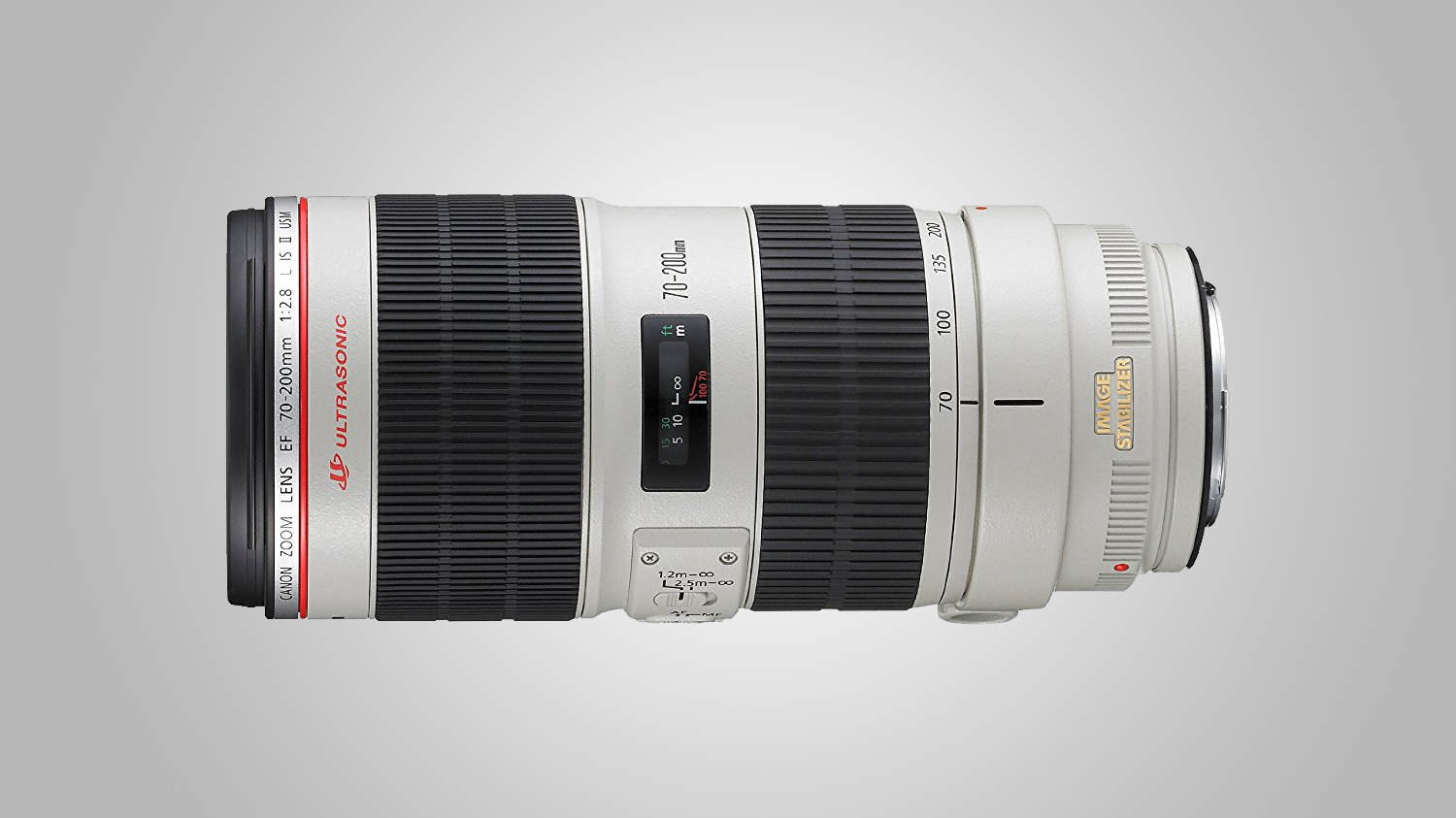
A favourite with many pro shooters, this Canon features top-grade fluorite glass and five UD (Ultra-low Dispersion) elements, a virtually circular eight-blade diaphragm, and a dual-mode image stabilizer giving a four-stop advantage. However, stabilization loses out to the competing Tamron G2’s 5-stop, triple-mode system. An ultrasonic ring-type autofocus system provides super-fast focussing, even under dull lighting conditions. Everything's wrapped up in a tough, weather-sealed magnesium alloy shell, sporting control rings and switches which operate flawlessly. Image quality is excellent throughout the zoom range, but no better than from the less expensive Tamron G2 lens.

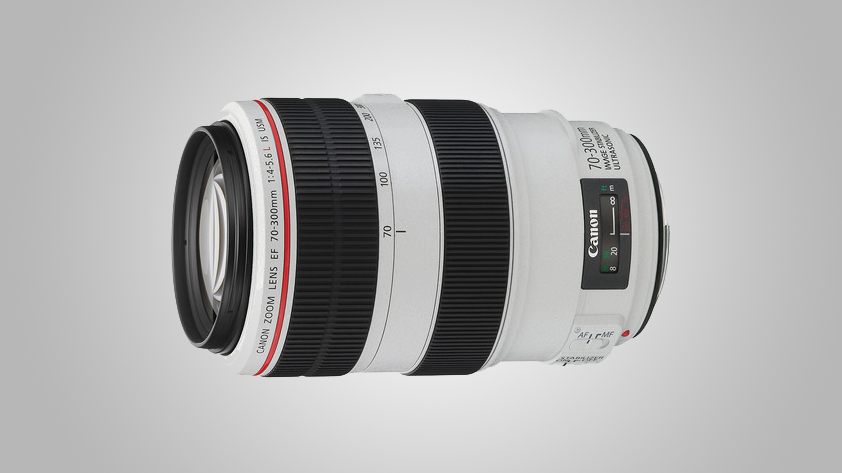
At a glance, this lens looks very overpriced for a 70-300mm with a typical ‘variable’ aperture rating of f/4-5.6. As such, it’s often overlooked by photographers wanting a high-performance zoom. However, it justifies the L-series marque, delivering superb image quality with exceptional sharpness and contrast, along with very fast autofocus and effective image stabilization. Naturally, it’s two f/stops slower than a 70-200mm f/2.8 lens at its longest zoom setting, but the maximum focal length is 50 per cent longer, and this lens is only about two-thirds of the weight.

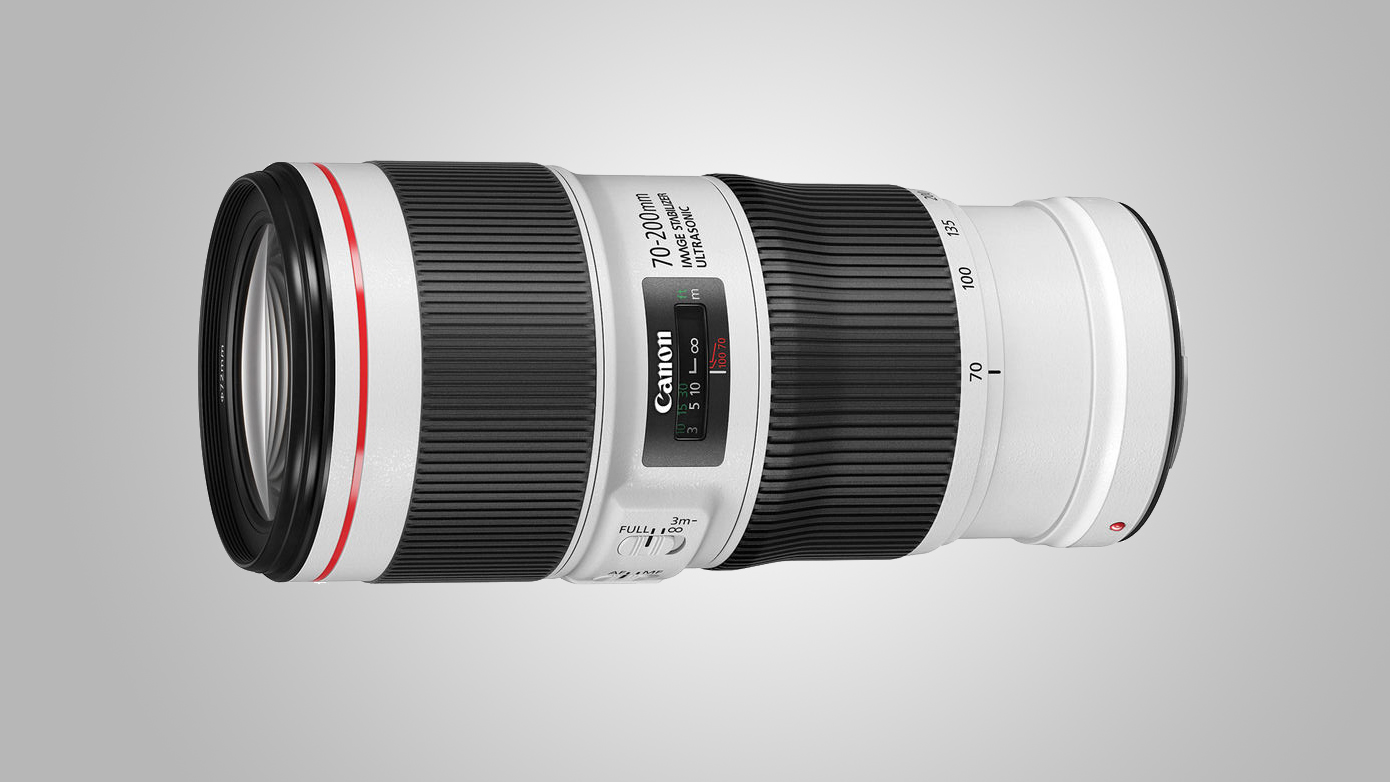
A major upgrade of Canon’s popular 70-200mm f/4 IS lens, the new Mark II remains relatively compact and lightweight, but packs a heavyweight punch in terms of performance. The speed and accuracy of its autofocus system, the effectiveness of its image stabilizer, and its outright image quality make it a very desirable lens. It’s also very easy to live with, being much less heavy than 70-200mm f/2.8 zooms. Even so, autofocus, stabilization and outright image quality are no better than from Tamron’s fabulous 70-200mm f/2.8 G2 lens, which sells for the same price and, as an f/2.8 zoom, offers rather better value for money.
- Read our in-depth Canon EF 70-200mm f/4L IS II USM review

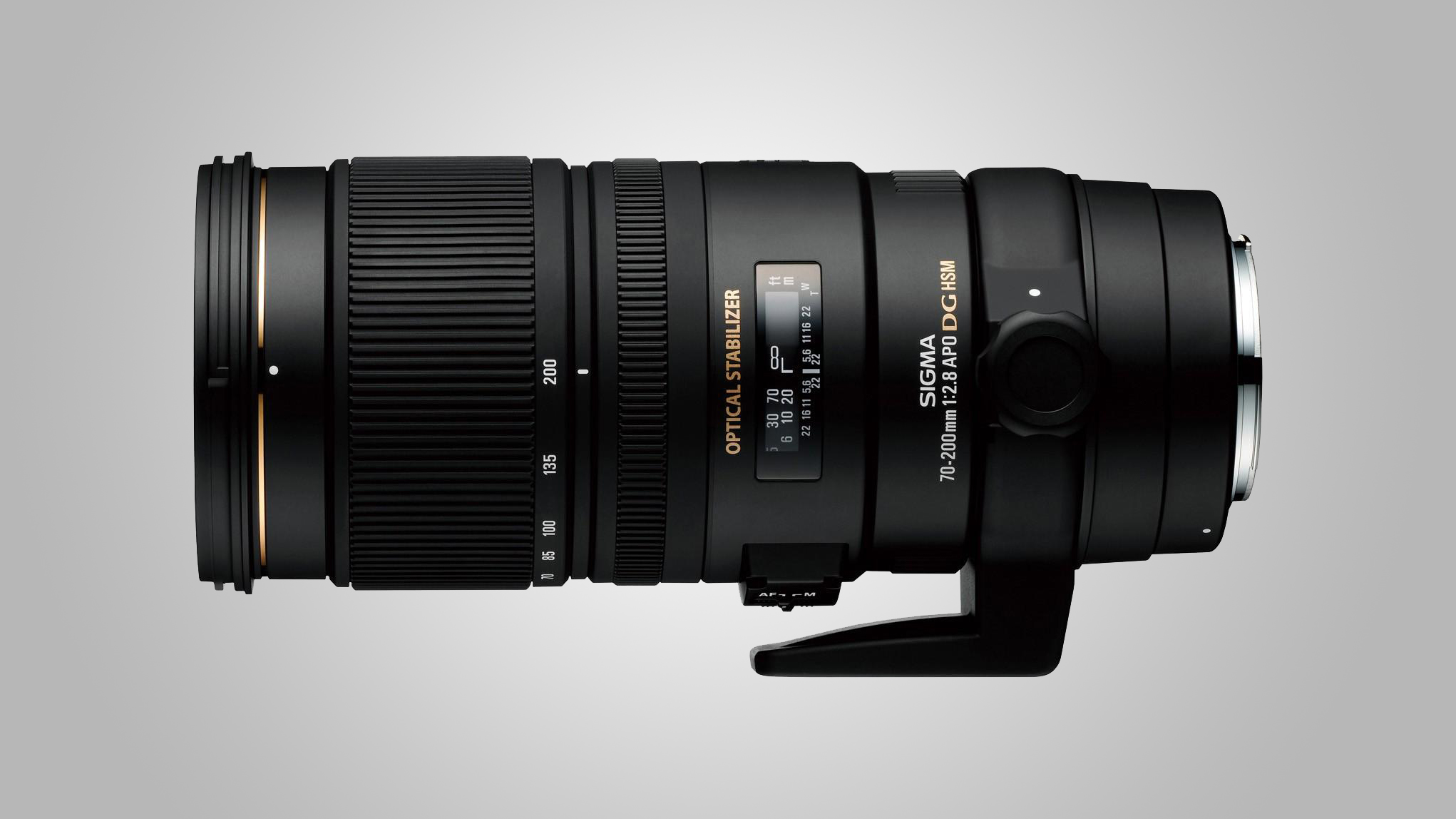
A relatively old design, this one harks back to the days before Sigma started making ‘Global Vision’ lenses in Art, Contemporary and Sport categories. Even so, it has fast and whisper-quiet ring-type ultrasonic autofocus, plus dual-mode stabilization that’s worth around three stops. Image quality is very good overall, but it’s not quite as sharp as the latest Canon and Tamron 70-200mm f/2.8 lenses, especially when shooting wide-open at f/2.8. It’s also the only lens of the three to lack weather-seals. Even so, it’s capable of excellent results and is a bargain at the price. Sigma's just announced an all-new version of this lens, so expect prices to fall.

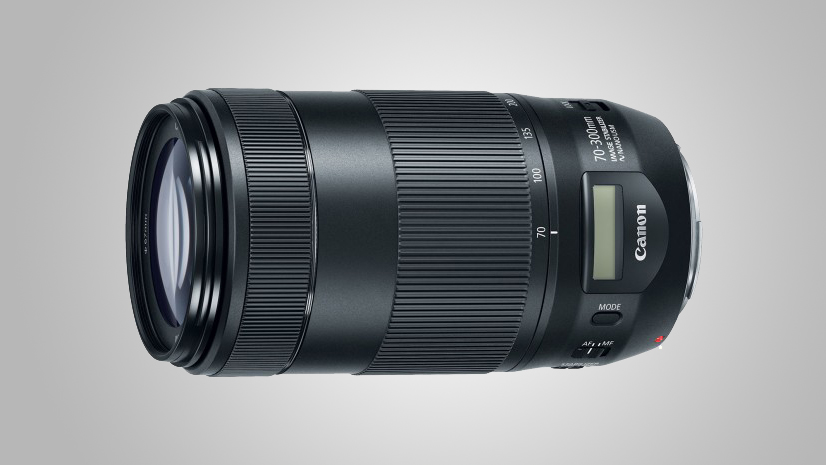
Unlike Canon’s L-series 70-300mm IS USM lens, the previous budget option had a mediocre image stabilizer and a sluggish autofocus system, based on an ultrasonic micro-motor rather than being ring-type ultrasonic. Handling was impaired by the focus ring and front element rotating during autofocus. The Mk II features upgraded optics, a new 4-stop stabilizer and a revolutionary Nano USM autofocus system, which is extremely rapid for stills, yet gives smooth focus transitions for movie capture. A neat LCD screen on the barrel gives display options for focus distance, depth of field, effective focal length when used on an APS-C format camera, and the current level of vibration. Apart from a drop in corner-sharpness at 70mm, performance is very good. However, this 70-300mm isn’t quite so budget-friendly once you add the ‘optional’ hood (sold separately).

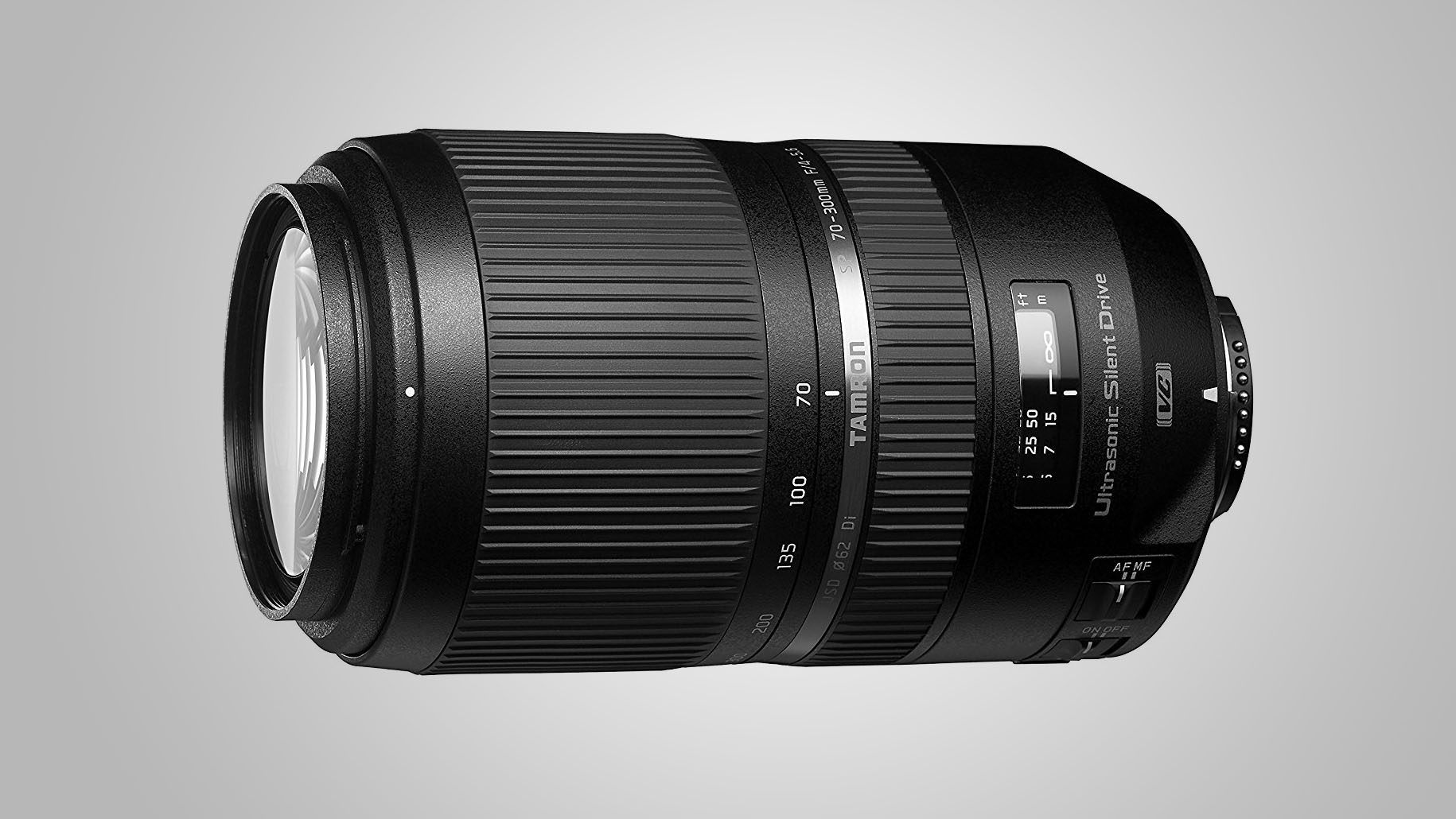
If you'd rather have a bit more reach than a constant aperture, this 'Super Performance' Tamron is an excellent budget buy. There's an impressive ring-type autofocus motor which is fast and whisper-quiet, plus an advanced four-stop VC (Vibration Compensation) system that's a match for Canon's latest ‘IS’ offerings, at least for static shooting. However, it’s relatively ineffective for panning. At 765g, the Tamron is quite chunky and weighty for this class of lens, but feels solid and has refined handling. Image quality is impressive too, with very good sharpness and contrast throughout the zoom range. Color fringing is also well controlled, even into the extreme corners of images.


An ideal APS-C format telephoto zoom to compliment an 18-55mm standard kit lens, the EF-S 55-250mm extends your reach to an ‘effective’ 400mm. It’s well matched to Canon’s entry-level DSLRs and makes a good travel option, with a lightweight 375g build, due in part to having a plastic rather than metal mounting plate. Useful features include a 3.5-stop image stabiliser and an STM (Stepping Motor) autofocus system, which is virtually silent. It’s fairly fast for both stills and video shooting, yet enables smooth focus transitions when shooting video. There’s an improvement in image quality, compared with the previous non-STM version, thanks to a revised optical layout with additional elements.

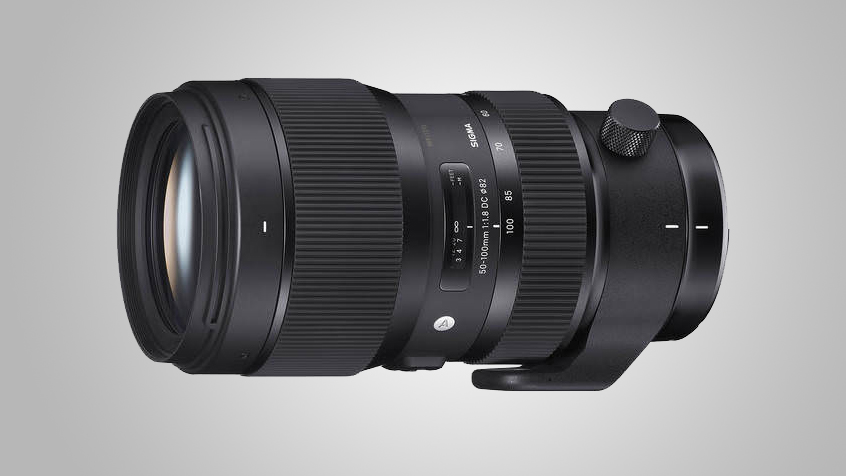
Picking up the focal length baton from Sigma’s unique 18-35mm f/1.8 DC HSM | A lens for APS-C format cameras, this one retains the extra-wide f/1.8 aperture rating while stretching into telephoto territory. To be fair, it doesn’t stretch that far, with an ‘effective’ zoom range of 80-160mm once you take Canon’s 1.6x crop factor into account. It’s also a relatively big and heavy lens, at about the same size and weight of a 70-200mm f/2.8 lens, and is supplied complete with a tripod collar. Build quality and overall performance are excellent but the combination of relatively short telephoto reach and extra-wide aperture make it a rather specialised lens, arguably better suited to portraiture and still life than to sports and wildlife photography.

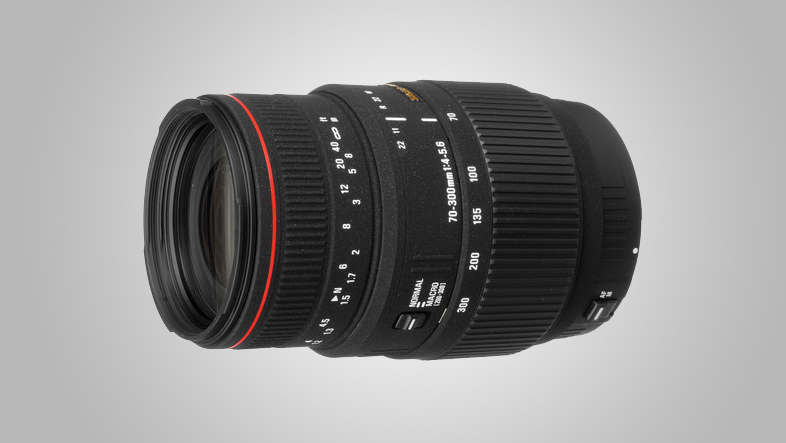
It's not just distant objects that this Sigma can get you closer to, as it's also designed for close-up work, with a 95cm minimum focus distance and a 0.5x magnification factor in Macro mode. Other attractions include three SLD (Special Low Dispersion) lens elements to minimise chromatic aberrations, however you don't get optical stabilisation and the internal autofocus motor is fairly basic. There's little to complain about with image quality though, as sharpness is high, whilst distortion and fringing are low. The only noticeable issue is a lack of contrast in images taken under dull lighting, but the rock-bottom price is some compensation.

- Best lenses for Canon APS-C DSLRs
- Best lenses for Canon full-frame DSLRs
- Best wide-angle lenses for Canon DSLRs
- Best macro lenses for Canon DSLRs
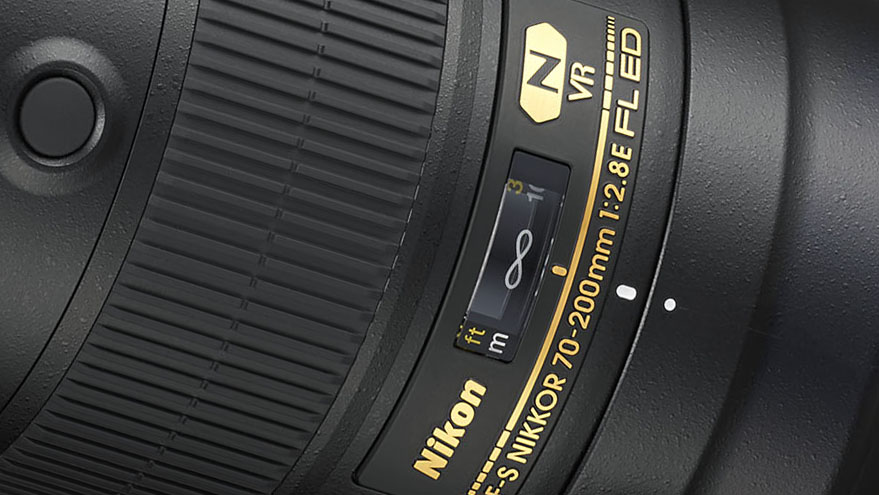
The 10 best telephoto zoom lenses for Nikon DSLRs
Nikon telephoto zooms have had something of a shake-up recently. The most popular 70-200mm f/2.8 and 70-300mm FX format (full-frame compatible) lenses have been replaced by new ‘E-type’ models with electromagnetic diaphragms. That’s good news in that you can expect greater exposure consistency throughout a sequence of rapid-fire shots in continuous drive mode. However, compatibility is lost with older Nikon bodies, on which you can only shoot at the widest aperture. That includes the D300s, D3000 and D5000, as well as D1 series and D2 series cameras. The new 70-300mm also features an AF-P ‘Pulse’ stepping motor, which is very fast and completely inaudible in operation, but makes both auto and manual focusing impossible on older bodies, including the D3100, D5100, D7000.
As with other categories of prime and zoom lenses, own-brand Nikkor telephoto zooms face stiff competition from Sigma and Tamron. Indeed, independently manufactured lenses often offer better value for money. However, Sigma and Tamron have largely dropped out of manufacturing DX format (APS-C specific) telephoto zoom lenses, with the exception of a rather unique Sigma that makes it onto our Top 10 list.


A feast of high-tech features, this lens ticks every box on the pro-grade wish list. Autofocus is lightning fast and highly accurate, with switchable options for auto or manual priority. In the latter, you can use manual override without waiting for AF to lock onto a subject in tricky conditions. The sophisticated 4-stop VR system includes a Sport mode, which makes it easier to track erratically moving subjects through the viewfinder. The overall construction is really robust but not overly heavy, based on a weather-sealed magnesium barrel. Handling is sublime and image quality is simply fabulous. Sharpness and contrast are mighty throughout the zoom range and at all apertures, whilst the rounded nine-blade diaphragm maintains silky smooth bokeh even when stopping down a little. The older AF-S 70-200mm f/2.8G ED VR II was an incredible lens, this new version is even better.


A complete revamp of Tamron’s previous 70-200mm VC lens, the G2 (Generation 2) has upgraded optics, faster and more accurate autofocus, and 5-stop, triple-mode stabilization. Whereas the older lens’s stabilizer was only really effective for static shots, the new one has static and panning modes, plus a third option in which stabilization is only applied during the exposure. As with Nikon’s ‘Sport VR’ mode, this makes it easier to track erratically moving objects. Build quality is excellent, featuring a weather-sealed metal barrel and keep-clean fluorine coating on the front element. A nice finishing touch is that the magnesium tripod mounting foot is Arca-Swiss compatible. Image quality is stunning in every respect and the lens is compatible with Tamron’s optional TAP-in Console, for applying customisation and firmware updates. It’s practically as good as Nikon’s latest 70-200mm f/2.8 lens, but much less expensive to buy.
- Read our in-depth Tamron SP 70-200mm f/2.8 Di VC USD G2 review

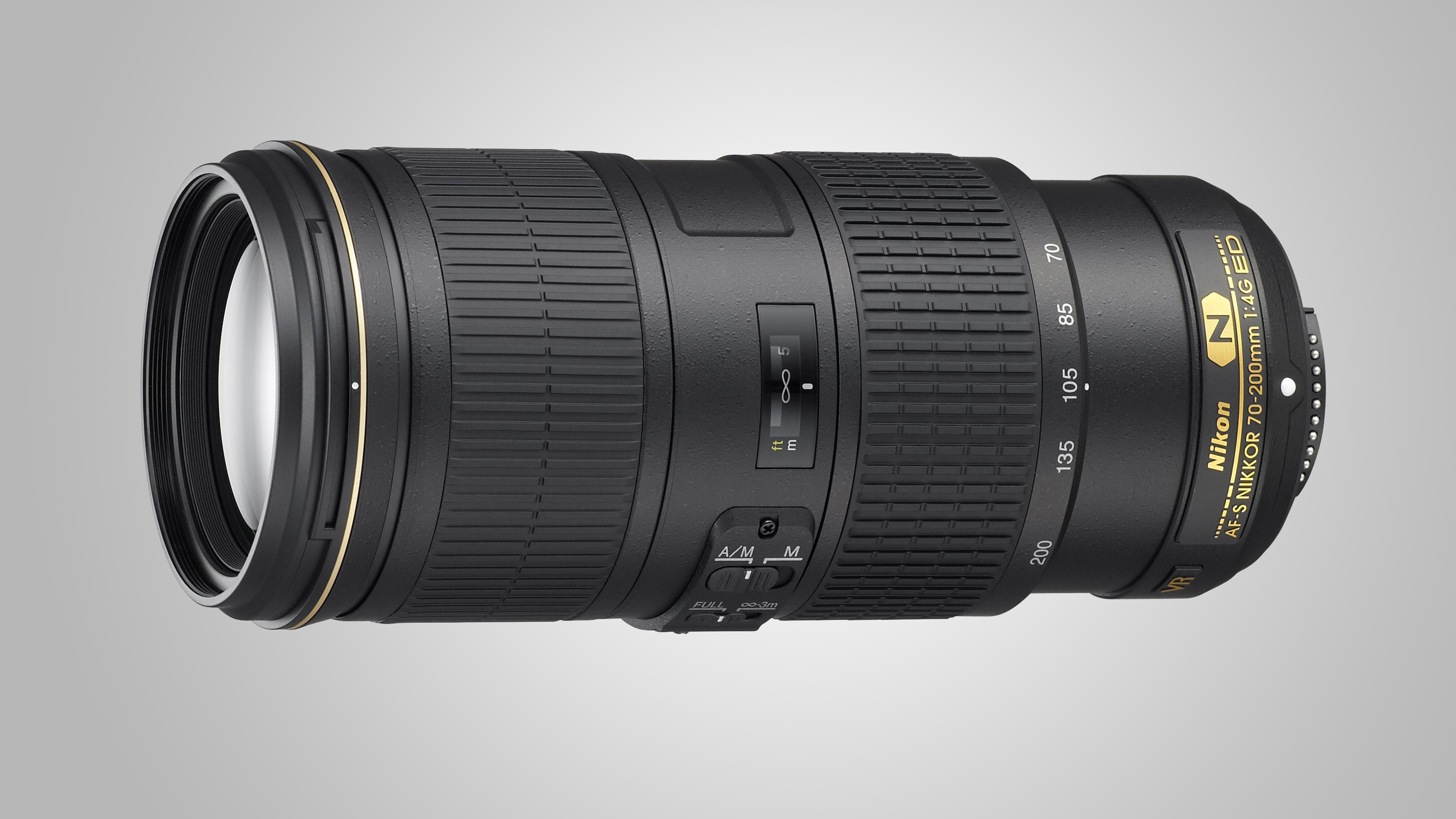
The narrower aperture rating of f/4 rather than f/2.8 isn’t an altogether bad thing. It enables this lens to be more compact and lightweight, improving comfort for long periods of handheld shooting. You won't need to worry much about camera shake, either, thanks to a particularly well implemented VR (Vibration Reduction) system that also features automatic panning detection. The lens isn't fully weather-sealed, but does have a sealed mounting plate. Three ED (Extra-low Dispersion) elements and one HRI (High Refractive Index) element, along with Nano-Crystal coatings, help deliver very good sharpness and contrast within minimal ghosting and flare.


A relatively old design, this one harks back to the days before Sigma started making ‘Global Vision’ lenses in Art, Contemporary and Sport categories. Even so, it has fast and whisper-quiet ring-type ultrasonic autofocus and dual-mode stabilization that’s worth around 3 stops. Image quality is very good overall, but it’s not quite as sharp as the latest Nikon and Tamron 70-200 f/2.8 lenses, especially when shooting wide-open at f/2.8. It’s also the only lens of the three to lack weather-seals. Even so, it’s capable of excellent results and is a bargain at the price.


Nikon’s AF-S 70-300mm f/4.5-5.6G IF-ED VR was something of a legend among budget tele zooms, offering premium performance at a very affordable price. This replacement adds a ‘Pulse’ stepping motor autofocus system that’s both extremely fast and essentially inaudible, even when shooting indoors. Another upgrade is the electromagnetically controlled aperture, for greater exposure consistency in rapid bursts of shooting at high continuous drive speeds. There’s also a new-generation VR system, which delivers 4.5-stop performance and adds a ‘Sport’ mode. This makes it easier to track erratically moving subjects through the viewfinder. Image quality is excellent in all respects and, taking everything into account, this lens justifies the fairly hefty price hike compared its predecessor.


Nikon's latest FX-format 70-300mm lens is fabulous, but this Tamron alternative delivers very good performance at a much more affordable price. There's an impressive ring-type autofocus motor which is fast and whisper-quiet, plus an advanced four-stop VC (Vibration Compensation) system. Compared with most Nikon VR lenses, however, stabilization is much less effective when panning. At 765g, it's quite weighty for a 70-300mm lens, but feels solid with refined handling. Image quality is impressive too, with very good sharpness and contrast throughout the zoom range. Color fringing is also well controlled, even into the extreme corners of images.


Despite undercutting the newer DX format Nikon 70-300mm for price (listed below), this lens feels more robust and better built. It has a weather-sealed metal mounting plate rather than a basic plastic plate. There cost-cutting elsewhere though, with a conventional autofocus motor that lacks the full-time manual override facility of ring-type ultrasonic systems. VR only gives a 3-stop benefit, lagging behind most of Nikon’s more recent lenses. Image equality is very good, with impressive sharpness throughout the zoom range and low levels of colour fringing. However, distortions are a bit worse than average.

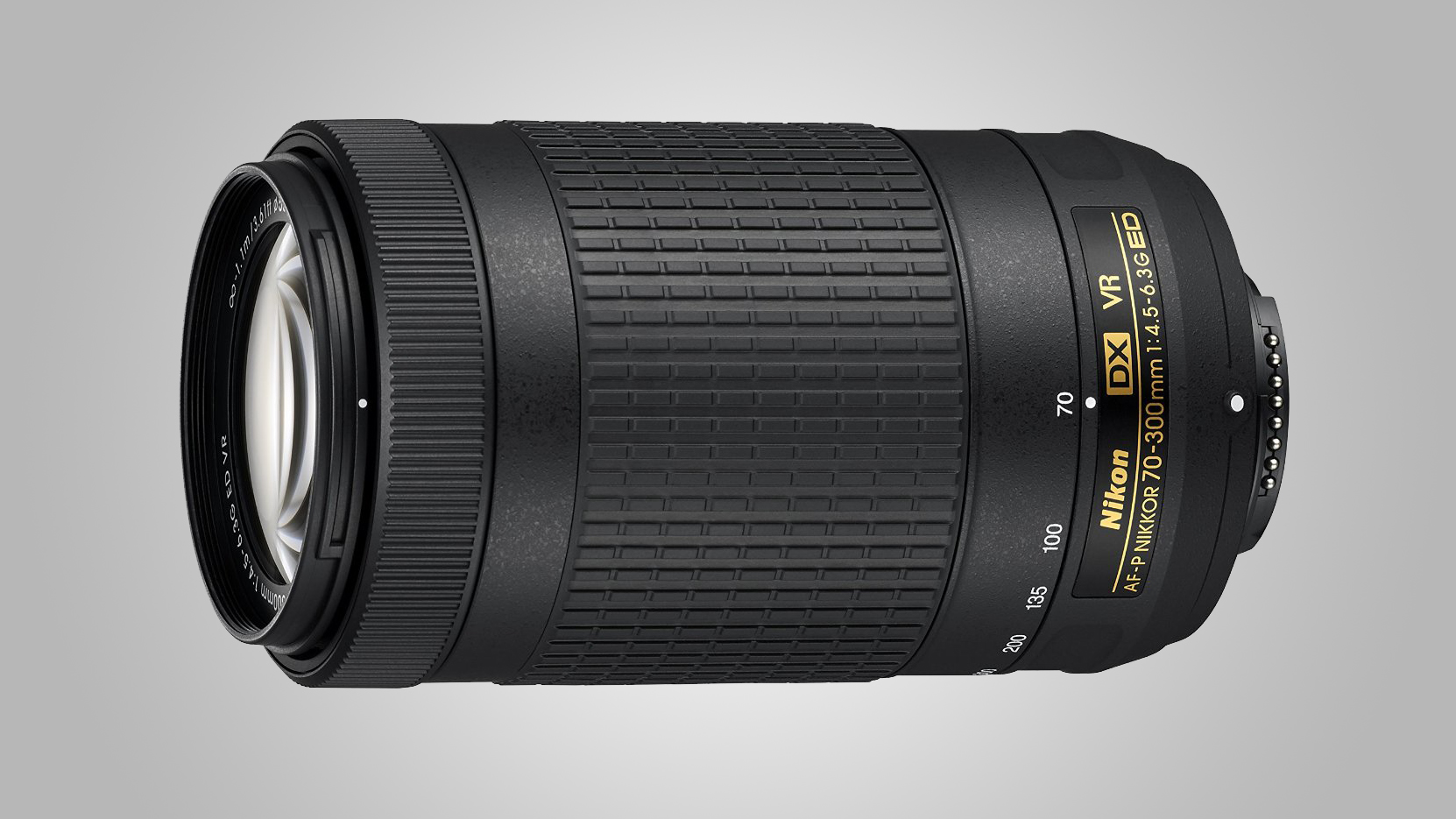
We’re seeing AF-P (Pulse) autofocus systems on a growing number of Nikon lenses. This one is available with or without VR; the edition without stabilisation is a little cheaper to buy. On-board controls are very limited. For example, VR can only be switched off via a menu option in the host camera, and even that isn’t available in some ‘compatible’ Nikon DSLRs. In our tests, the non-VR version of the lens proved slightly sharper than the VR edition. However, the 4-stop stabiliser is well worth having, enabling consistently sharper images in handheld shooting.

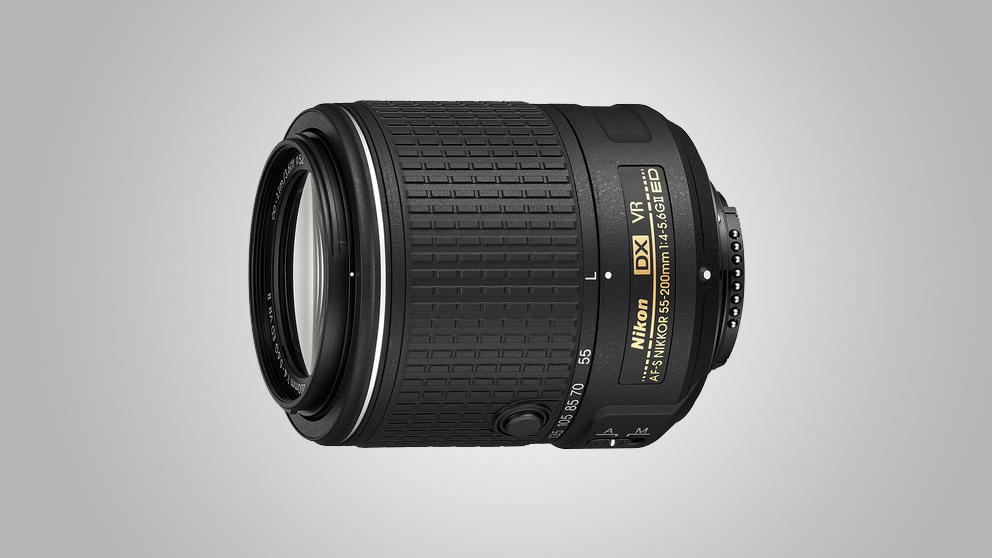
The retractable design of the current Nikon 18-55mm VR makes it a very travel-friendly lens, and this is the telephoto zoom companion. Despite a worthwhile ‘effective’ zoom range of 82.5-300mm, it retracts to a length of just 83mm and weighs in at a mere 300g. To put that into perspective, it’s only a fifth of the weight of most 70-200mm f/2.8 lenses. Autofocus is a little slow, relying on an ultrasonic motor (rather than ring-type) system, and manual override is lacking. Image quality is good rather than great, with sharpness dropping off noticeably at the long end of the zoom range.


Picking up the baton from Sigma’s unique 18-35mm f/1.8 DC HSM | A lens for DX format cameras, this one retains the same extra-wide f/1.8 aperture rating while stretching into telephoto territory. To be fair, it doesn’t stretch that far, with an ‘effective’ zoom range of 75-150mm once you take Nikon’s 1.5x crop factor into account. It’s also a relatively big and heavy lens, at about the same size and weight of a 70-200mm f/2.8 lens, and is supplied complete with a tripod collar. Build quality and overall performance are excellent but the combination of relatively short telephoto reach and extra-wide aperture make it a rather specialised lens, arguably better suited to portraiture and still life than to sports and wildlife photography.
